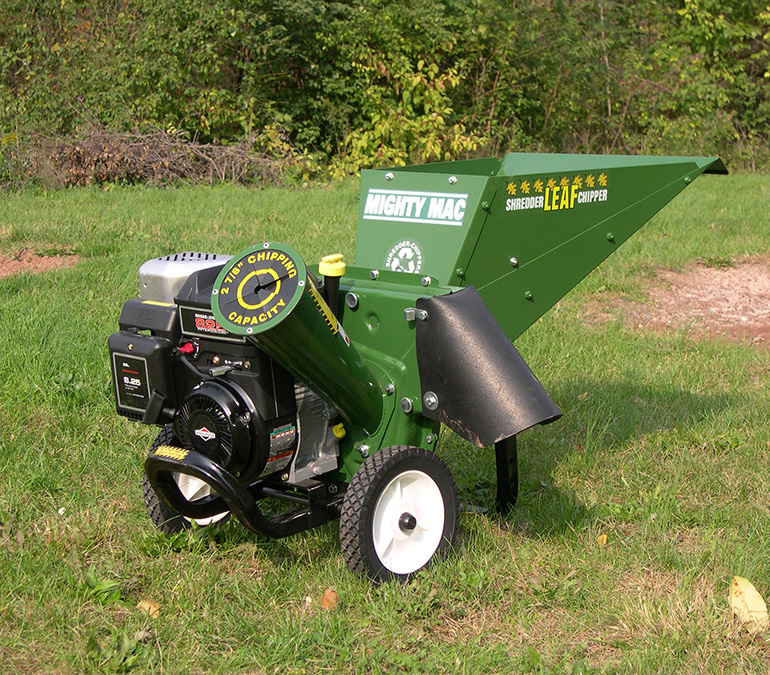Wood Chippers Tailored for Landscaping and Property Maintenance
Wood Chippers Tailored for Landscaping and Property Maintenance
Blog Article

As winter gradually gives way to spring in the Mid-Atlantic region of the US, property owners are confronted with the aftermath of a cold and windy season. Across lawns and gardens, a common sight is the scattered remnants of yard debris and fallen tree branches. Understanding the nature of this debris and the varying degrees of damage inflicted on trees equips homeowners and landscapers for the impending cleanup.
Post-winter yard debris encompasses a spectrum, ranging from sizable fallen branches to scattered twigs and leaf litter. Trees, integral to this debris, shed branches due to strong winds or weakened limbs. The type of debris largely hinges on the tree varieties present on the property. Trees like the brittle Bradford pear are prone to breakage, necessitating more extensive cleanup efforts, while others like oak or hickory tend to shed smaller branches and leaves, requiring comparatively less maintenance.
Factors Influencing Tree Susceptibility to Damage
Each year, certain trees are more susceptible to damage due to their unique characteristics. Factors such as wood density, branch structure, and inherent weaknesses play a crucial role in determining a tree's vulnerability. Trees with denser wood, such as maple or beech, may resist breakage better than softer wood varieties like willow or poplar. Shallow root systems or susceptibility to diseases and pests further increase the likelihood of damage during windy conditions.
Common tree varieties found in the Mid-Atlantic region include Douglas fir, Fraser fir, ornamental fruit trees like apple and cherry, and flowering shrubs like azaleas and rhododendrons. Managing the diverse vegetation on residential properties becomes a critical aspect for homeowners.
Addressing the Cleanup Challenge
Cleaning up a property post-winter is a labor-intensive task, but homeowners and landscapers can significantly simplify the process by employing a wood chipper shredder machine. These machines efficiently convert yard debris, including branches and twigs, into smaller wood chips or mulch, reducing waste volume and facilitating easier disposal.
Essential Features of a High-Quality Gas-Powered Wood Chipper
The MacKissic gas powered wood chipper stands out as an excellent choice for this purpose. Its robust design, fueled by a dependable gas engine, allows it to effortlessly process various types of debris. Equipped with durable blades and a well-engineered shredding mechanism, this machine ensures efficient and safe operation, delivering consistent performance. A tow behind wood chipper model, designed to attach to a car hitch or tractor, often features a heavy-duty engine and cutting mechanism for efficient processing of branches, twigs, leaves, and other yard debris.
Key Features of the Mighty Mac Hammermill 12P:
1. Powerful Engine: The heart of the Mighty Mac Hammermill 12P is a robust gas-powered engine, delivering substantial power for efficient chipping and shredding of various yard debris types.
2. Durable Construction: Built with heavy-duty materials like high-grade steel components and reinforced structures, this wood chipper boasts a sturdy and durable build.
3. Innovative Hammermill Mechanism: Unlike traditional wood chippers with cutting blades, the Mighty Mac Hammermill 12P employs a unique hammermill mechanism.
4. Versatility in Processing: The Mighty Mac 12P offers exceptional versatility in handling a wide range of yard waste, including branches, leaves, pine needles, and other organic materials.
5. Safety Features: Safety is prioritized in its design, incorporating features like emergency shut-off switches, hopper safety guards, and mechanisms to prevent accidents during operation.
6. User-Friendly Design: Engineered for ease of use, the machine features intuitive controls and a simple feeding mechanism.
Choosing a low-priced, poorly designed wood chipper may result in frequent breakdowns, inefficiency in chipping, and safety hazards. While it may save money initially, investing in a high-quality machine like the MacKissic gas-powered wood chipper ensures efficient cleanup operations, avoiding costly repairs and potential safety risks for users.
After processing debris with a gas powered wood chipper, the resulting wood chips or mulch can be utilized to enrich flower beds, gardens, and walkways. This sustainable practice minimizes waste and enhances the soil, regulating moisture and suppressing weed growth. Mulching with processed wood debris from spring cleaning efforts provides a natural and beneficial way to improve the landscape.
Effectively managing yard debris and tree branches post-winter involves understanding the various types of debris, the susceptibility of different trees to damage, and the benefits of using a high-quality wood chipper shredder. Investing in a well-designed machine like the MacKissic gas-powered wood chipper ensures efficient cleanup, contributing to the long-term health and beauty of the property.